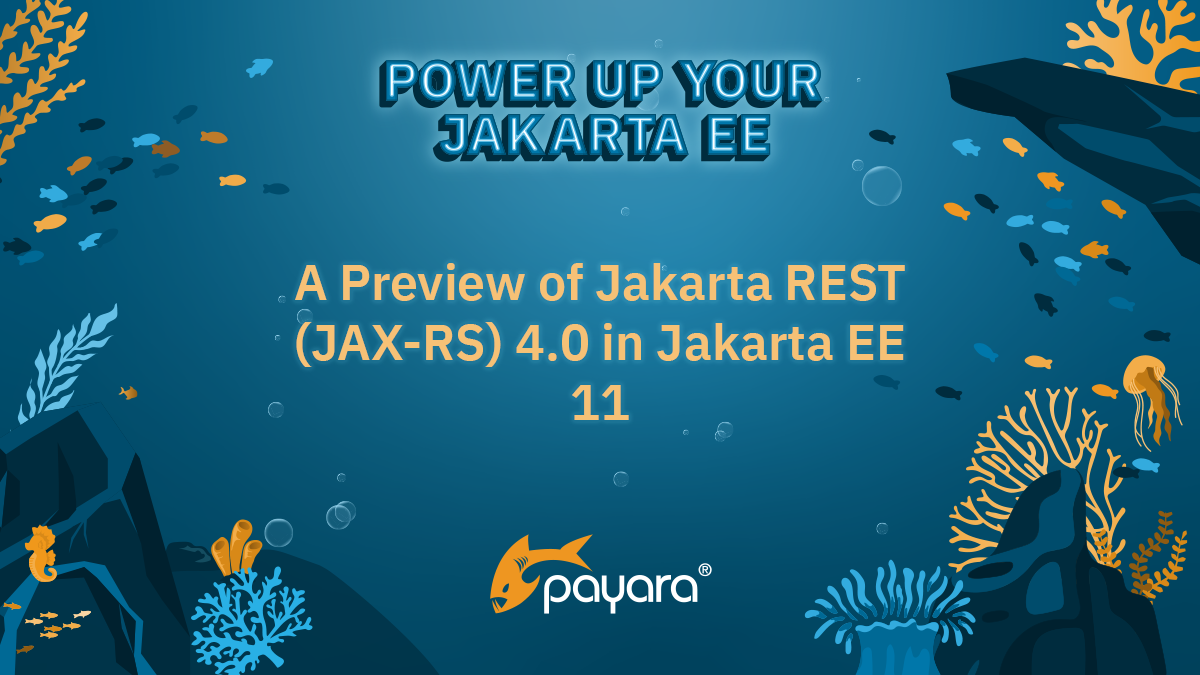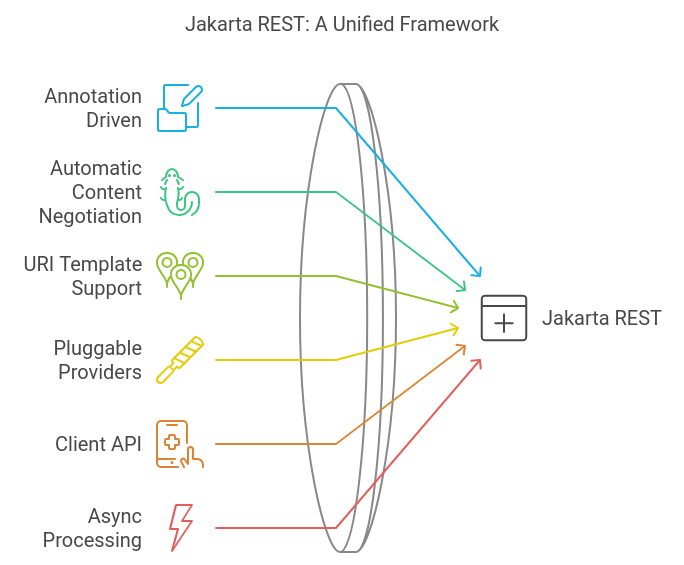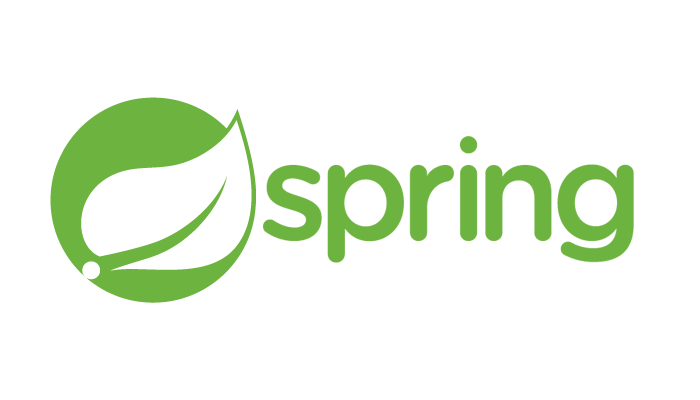 5 minutes
5 minutes
The Payara Monthly Catch – November 2025
November has been one of the busiest months of the year for the Java and Jakarta EE ecosystem. With […]

The latest version of Jakarta REST (formerly Java API for RESTful Web Services, aka JAX-RS), Jakarta REST 4.0, will bring some notable improvements and changes as part of Jakarta EE 11. This release focuses on modernizing the specification by removing legacy dependencies, enhancing developer convenience, and improving test coverage. Before exploring the key changes, let’s first take 37K feet intro to JAX-RS for the new comers to the platform.
Jakarta RESTful Web Services, commonly known as Jakarta REST or JAX-RS, provides a standardized, annotation-based API for building RESTful web services in Java. It’s a key specification in the Jakarta EE umbrella specification, enabling the creation of scalable and interoperable web services using the REST architectural style.
Key features of Jakarta REST include:

Jakarta REST allows you to focus on application logic while the underlying implementation handles the complexities of HTTP communication and resource management.
With that out of the way and context in mind, let’s explore what’s new in the upcoming Jakarta REST 4.0 in Jakarta EE 11.
A major goal of Jakarta REST 4.0 was to remove dependencies on older Jakarta EE (or rather J2EE era) technologies. To that end, the specification no longer has a hard dependency on Jakarta XML Binding (JAXB). This allows Jakarta REST to be used more flexibly in environments that don’t require XML processing.
Additionally, support for ManagedBeans has been removed from the specification. With CDI (Contexts and Dependency Injection) now the preferred approach for managing beans in Jakarta EE, this removal simplifies the programming model.
Several additions aim to enhance the developer experience:
The specification now includes a portable API for handling multipart/form-data, addressing a long-standing pain point working with file uploads and complex form submissions.
The specification document has been updated to clarify Java SE support, ensuring a clear understanding of how Jakarta REST can be used in different environments.
A significant effort has gone into improving the Technology Compatibility Kit (TCK) for Jakarta REST:
Jakarta REST 4.0 now requires a minimum of Java SE 17. This allows the specification to take advantage of newer Java language features and improvements, and also to maintain alignment with the broader Jakarta EE platform.
Jakarta REST (JAX-RS) 4.0 represents a focused update that modernises the specification while maintaining backward compatibility. With the removal of legacy dependencies, improvements in developer ergonomics and enhancing test coverage, it paves the way for more efficient and flexible RESTful web services development in the Jakarta EE ecosystem.
As always, you are encouraged to review the full specification and contribute to the project. The improvements in Jakarta REST 4.0 demonstrate the Jakarta EE community’s commitment to evolving the platform to meet the needs of modern enterprise Java development.
Share:
 5 minutes
5 minutes
November has been one of the busiest months of the year for the Java and Jakarta EE ecosystem. With […]
 3 minutes
3 minutes
Working with enterprise Java databases can sometimes feel like swimming upstream. Jakarta EE 11’s Jakarta Data helps developers glide […]
 2 minutes
2 minutes
The recent releases of Spring Framework 7.0 and Spring Data 2025.1.0 mark an important milestone for the Java ecosystem, […]